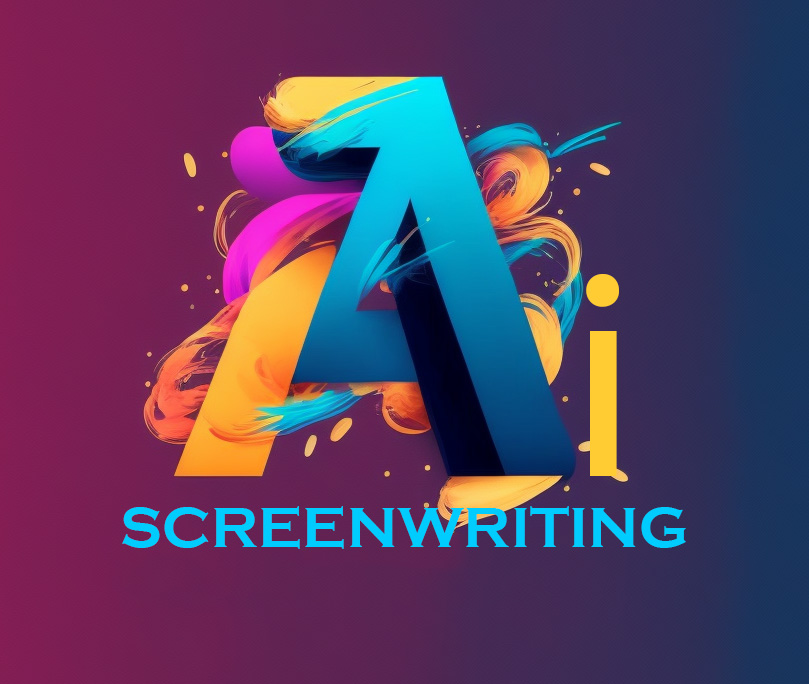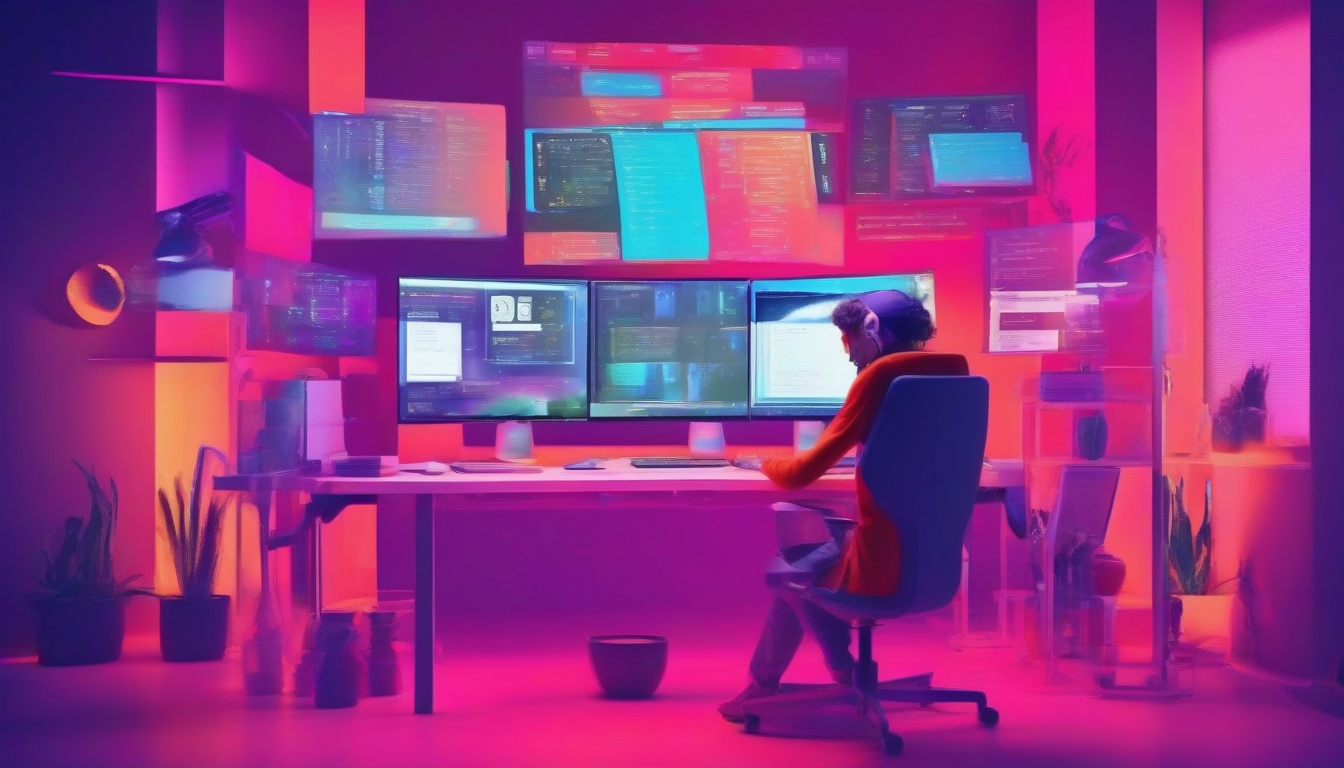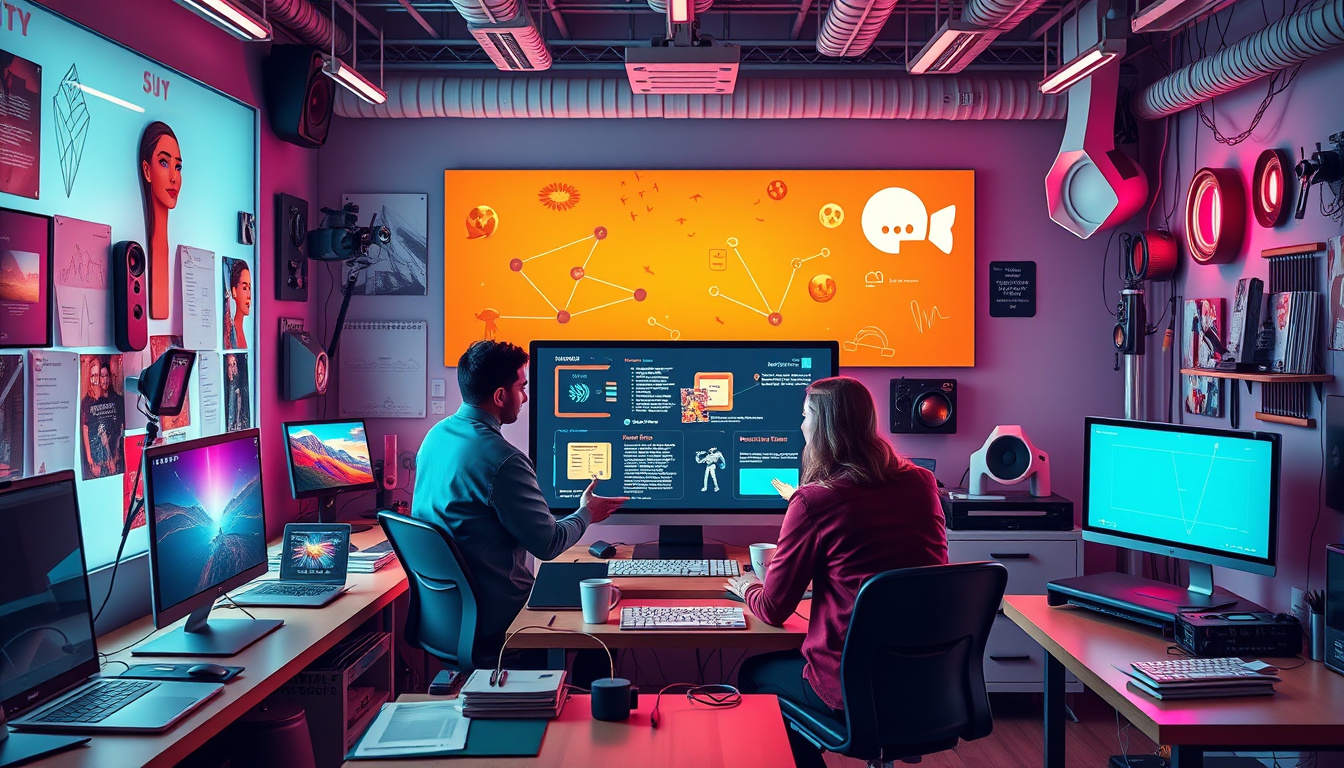
In the rapidly evolving landscape of creative writing, screenwriting stands out as an art form that demands not only imagination but also a keen sense of structure and storytelling.
Enter GPT, or Generative Pre-trained Transformer, a revolutionary AI technology that has begun to reshape the way screenwriters approach their craft.
This article delves into how GPT for screenwriters is unlocking new levels of creativity and efficiency, providing a powerful tool for both novice and seasoned professionals alike.
From enhancing the writing process to generating unique story ideas, let’s explore the game-changing potential of GPT in the world of screenwriting.
Get Professional Screenplay Coverage in Minutes, Not Weeks!
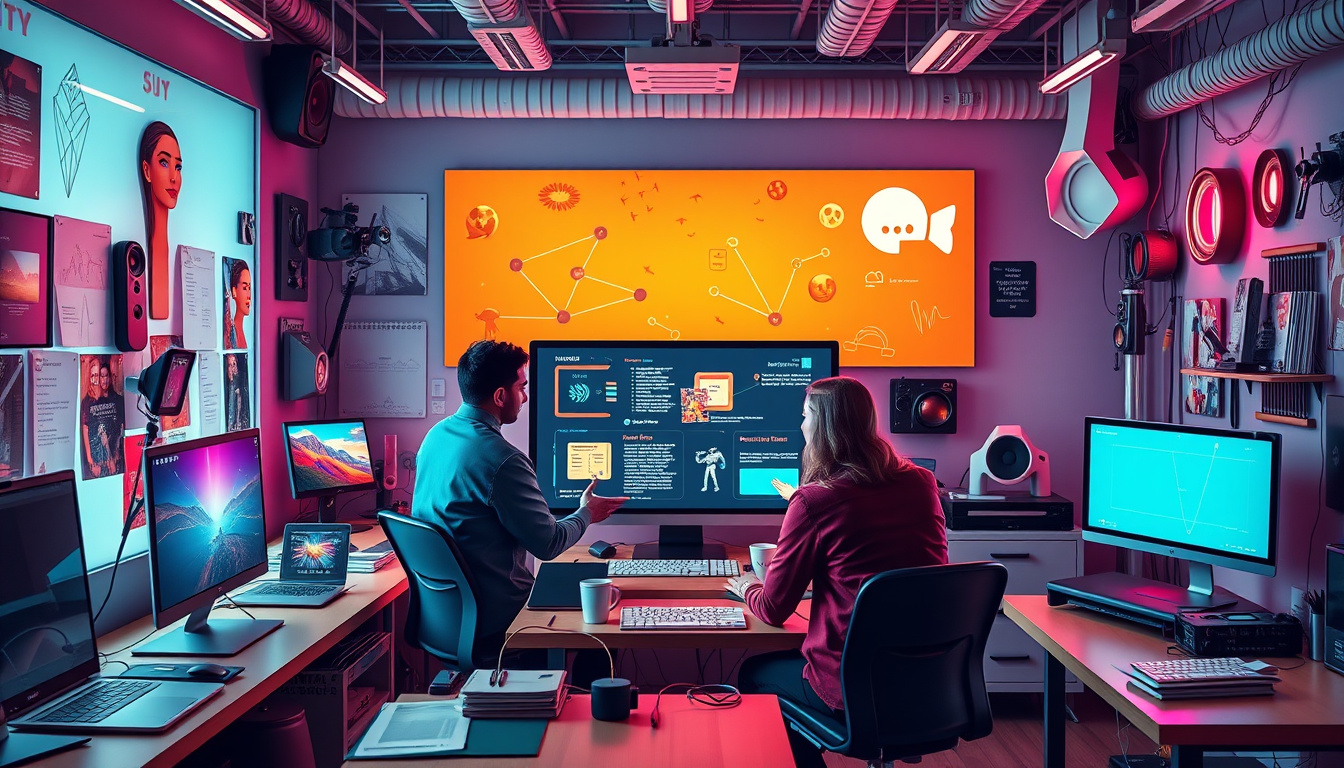
Key Takeaways
- GPT technology offers innovative tools that can enhance creativity in screenwriting.
- Screenwriters can utilize GPT to streamline their writing process and generate new ideas.
- Real-life successful screenplays are showcasing the potential of GPT in the film industry.
- Despite its benefits, there are challenges and limitations to consider when using GPT in screenwriting.
- The future of screenwriting may be transformed by embracing AI tools like GPT, fostering collaboration between human creativity and machine learning.
Introduction to GPT and Its Impact on Screenwriting
In recent years, the emergence of advanced artificial intelligence has fueled a revolution in various creative industries, and screenwriting is no exception.
One of the most significant developments has been the introduction of GPT (Generative Pre-trained Transformer) technology, which has become a powerful tool for screenwriters seeking to enhance their storytelling capabilities.
By leveraging GPT for screenwriters, professionals in the field can generate ideas, develop character arcs, and even draft entire scripts with remarkable efficiency.
This innovative approach not only streamlines the writing process but also opens up new avenues for creativity, enabling storytellers to explore unconventional narratives and engage audiences in fresh ways.
As the film industry continues to evolve, understanding how to effectively integrate GPT into screenwriting practices becomes vital for aspiring and seasoned writers alike.
Understanding the Basics of GPT Technology
GPT, or Generative Pre-trained Transformer, is a revolutionary technology that has transformed the landscape of creative writing, particularly for screenwriters.
At its core, GPT for screenwriters offers a tool that can assist in brainstorming ideas, developing character arcs, and generating dialogue.
This advanced AI model processes vast amounts of text data and learns to predict and generate coherent text that resembles human writing.
For screenwriters, harnessing GPT technology means crafting scripts with enhanced efficiency and creativity.
By providing inspiration or even whole scenes, GPT helps mitigate writer’s block and enriches the writing process.
Understanding these basic functionalities can empower screenwriters to leverage GPT effectively, streamline their workflow, and ultimately produce compelling stories that resonate with audiences.
‘Creativity is intelligence having fun.’ – Albert Einstein
Get Professional Screenplay Coverage in Minutes, Not Weeks!

Enhancing the Screenwriting Process with GPT
In the evolving landscape of storytelling, GPT for screenwriters is proving to be a game-changer.
This advanced AI tool empowers writers by generating fresh ideas, developing dialogue, and even structuring screenplays more efficiently.
With its natural language processing capabilities, GPT can help screenwriters overcome creative blocks, brainstorm character arcs, and refine plotlines, making the screenwriting process smoother and more dynamic.
By integrating GPT into their workflow, screenwriters can save time while tapping into a virtually limitless pool of inspiration, ultimately enhancing their creativity and productivity.
Whether you’re a seasoned professional or an aspiring writer, utilizing GPT can revolutionize the way you approach your scripts, allowing for more refined narratives and compelling cinematic experiences.
Real-Life Applications: Successful Screenplays Generated by GPT
In the rapidly evolving landscape of film and television, GPT for screenwriters has emerged as a transformative tool that inspires creativity and enhances storytelling.
Several industry professionals have successfully harnessed this advanced language model to develop compelling screenplays that capture audiences’ imaginations.
For instance, a notable project involved utilizing GPT to draft an outline for a romantic comedy, which allowed the writers to explore unique plot twists and character dynamics they hadn’t considered before.
This collaboration resulted in a fresh take on a familiar genre, demonstrating how GPT can provide not just suggestions but also innovative concepts that screenwriters can build upon.
Additionally, some creators have reported using GPT to generate dialogue that reflects authentic character voices, thereby saving time while maintaining the essence of their narratives.
Such real-life applications highlight the potential of GPT for screenwriters to not only streamline their creative processes but also push the boundaries of traditional storytelling.
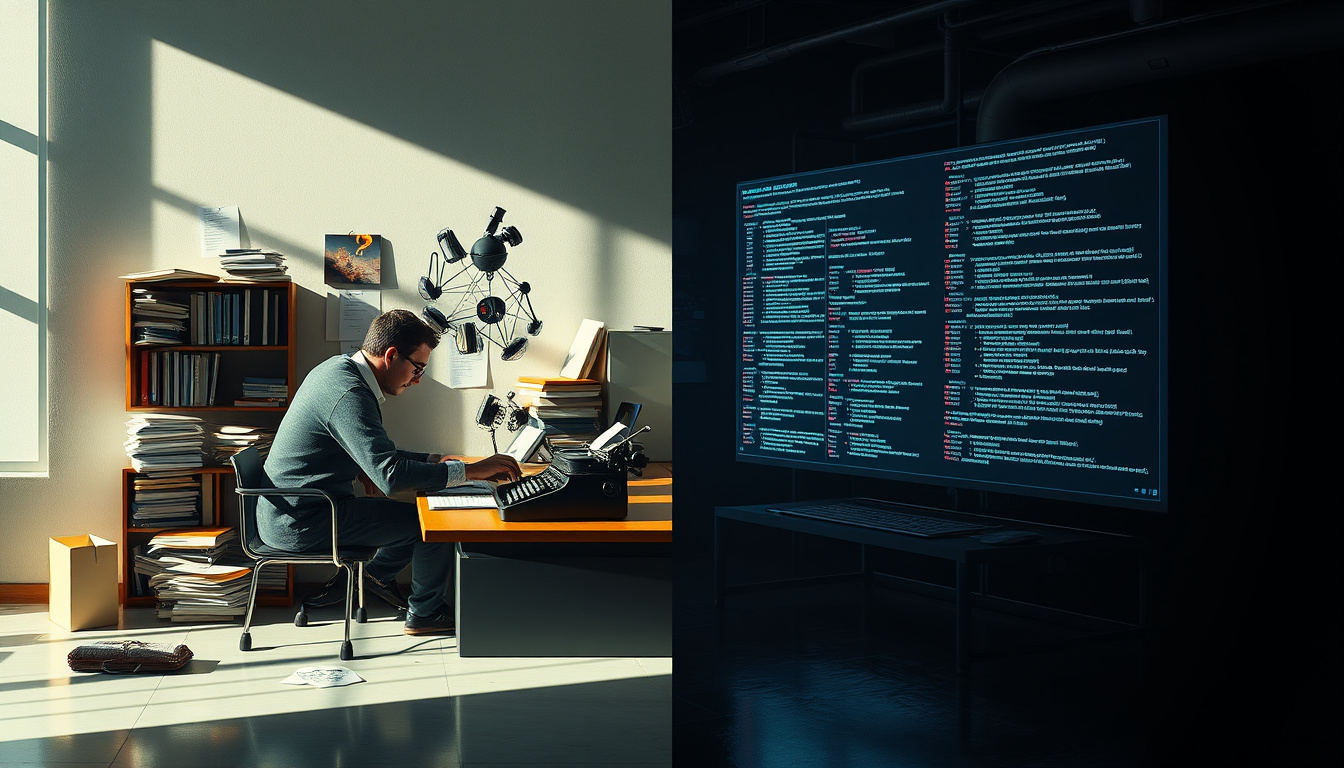
Challenges and Limitations of Using GPT in Screenwriting
The integration of GPT for screenwriters has opened up a realm of possibilities in the filmmaking industry, yet it is not without its challenges and limitations.
One significant hurdle is the ability of GPT to grasp nuanced character development and emotional subtext, which are pivotal in crafting compelling scripts.
While GPT can generate dialogue and plot ideas with impressive speed, it often lacks the depth and understanding that human screenwriters bring to the table, resulting in scripts that may feel generic or formulaic.
Additionally, the reliance on pre-existing data means that GPT’s creativity is intrinsically tied to the information it has been trained on, potentially leading to repetitive themes or tropes.
Furthermore, screenwriting is an iterative process that frequently requires context-specific adjustments and collaboration, an aspect where GPT currently falls short, as its responses are generated independently of human input.
As screenwriters explore the benefits of using GPT, it’s essential to remain mindful of these limitations and understand that while the technology can serve as a valuable tool in brainstorming and overcoming writer’s block, the essence of storytelling still relies heavily on the human touch.
The Future of Screenwriting: Embracing AI Tools like GPT
As the film industry continues to evolve, the integration of advanced technologies is reshaping traditional practices, particularly in screenwriting.
One of the most promising developments is the use of AI tools, such as GPT for screenwriters.
These state-of-the-art language models can assist writers in generating creative ideas, formulating dialogue, and even crafting entire scripts by analyzing existing content and understanding narrative structures.
Screenwriters can harness the power of GPT to enhance their storytelling processes, streamline brainstorming sessions, and overcome writer’s block.
By incorporating AI into their workflow, writers not only save time but also gain fresh perspectives, paving the way for innovative narratives that resonate with contemporary audiences.
As we look towards the future, embracing tools like GPT signals a significant shift in the creative landscape, where technology and artistry coexist to redefine the essence of screenwriting.
Get Professional Screenplay Coverage in Minutes, Not Weeks!
